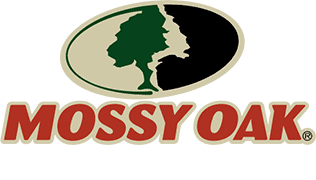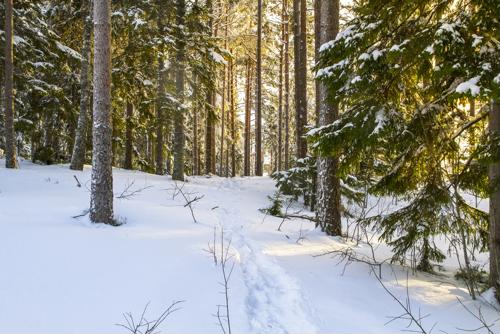Timberland is a living asset that grows slowly but steadily. Trees add value to the land as they grow. The income from timber harvests comes on a regular basis. This investment is not like buying a house in a busy neighborhood. Instead, it offers a steady pace of growth that moves with nature. Patient investors who like predictability appreciate timberland.
This type of investment comes with two benefits. First, the land itself grows in value over time. Second, each timber harvest brings in cash. Because trees renew themselves season after season, the process remains consistent. The approach is simple and honest. With timberland, the rewards are built slowly, making it a dependable way to build long-term wealth.
Benefits of Timberland Investment
- Trees grow continuously. Their natural growth increases both timber volume and land value.
- Timberland does not change as quickly as stocks or urban real estate. It remains stable over time.
- Timber prices tend to rise when the cost of living increases. This helps protect the investor’s buying power.
- Investors receive income from timber sales. They can also earn from leasing the land for hunting and other uses.
- Owners may qualify for tax breaks related to conservation efforts and proper land management.
- Investment in timberland supports sustainable land use and conservation of natural resources.
Buying Timberland: Key Factors to Consider
Location & Timber Market Demand
Focus on regions with active mills and strong timber markets. Land within 50 miles of processing facilities often commands higher prices because transportation costs are lower. Areas in the U.S. South or the Pacific Northwest have established timber industries. This makes the land a safer bet for steady demand.
Timber Types & Growth Cycles
Softwoods such as pine grow faster and can be harvested in 15 to 30 years. Hardwoods like oak take 40 years or more to mature, but they produce lumber that sells for a higher price. Matching the tree species to the local climate and soil helps the trees grow well and maximizes returns over time.
Soil Quality & Drainage
Rich, well-drained soil supports quicker tree growth. A soil test can reveal nutrient levels and the pH balance. This information helps avoid land that might need costly improvements. It is best to avoid areas prone to flooding or erosion because these can delay harvests and reduce overall yield.
Access & Infrastructure
Properties with logging roads, rail links, or close proximity to highways help cut down on costs. If the parcel is landlocked, you may need to pay for expensive easements, which will lower profits. Check that there are existing trails or rights-of-way before you buy. Easy access makes operations smoother and more cost-effective.
Regulations & Zoning
State and federal laws may restrict logging in certain protected areas. Some rules require reforestation plans after harvesting. Conservation easements can limit development but also offer tax breaks. Work with local experts who know the rules well so that you can avoid unexpected restrictions or delays.
How Timberland Generates Profits
Timberland pays off in layers. The regular harvest of mature trees gives a steady cash flow. Land that is managed with care will see its value rise as the trees grow. When it is time to harvest, the wood is sold in the market. This regular cycle provides recurring revenue. Investors see the profit come from both the sale of timber and the appreciation of the land over time.
In addition to timber harvesting, there are other ways to make money. Land can be leased for purposes such as hunting, farming, or recreation. Some owners even receive income from carbon credit programs and conservation initiatives. These additional revenue streams add to the steady return that timberland can offer. With proper management, every part of the land has the potential to contribute to overall profits.
Challenges of Timberland Investment
Timberland investment is not without its challenges. The natural cycle of tree growth can take many years to show results. Investors must be patient as trees mature. Fluctuations in timber prices can affect short-term income. The land requires proper care and maintenance to keep trees healthy and avoid problems. In some cases, unexpected environmental events may damage timber and reduce profits. Planning ahead and staying informed about market changes is a must.
- Timber prices may change in the short term.
- Weather events can harm tree growth and timber quality.
- Maintaining the land may require ongoing work and cost.
- Legal rules or zoning restrictions may limit timber harvest.
- Harvest operations need careful planning and skilled management.
- The natural cycle demands patience as income builds slowly.
How Mossy Oak Properties Helps Investors
Finding the right timberland starts with local knowledge. Mossy Oak Properties specializes in identifying parcels with strong growth potential, whether in high-yield Southern pine regions or mixed hardwood areas. Their team evaluates soil, access, and market conditions to match investors with land that aligns with their goals.
For those exploring timberland for sale, Mossy Oak offers more than listings. We guide buyers through due diligence, from timber appraisals to legal reviews, and connect them with foresters for management plans. This support turns complex purchases into clear, long-term strategies.


